Artificial intelligence (AI) has transformed the way we do business and sell merchandise. The technology does not only optimise the paperwork for e-commerce but also can autonomously promote brand products. Virtual influencers went viral in China first and are quickly gaining popularity in other markets, with India being one of the prominent examples.
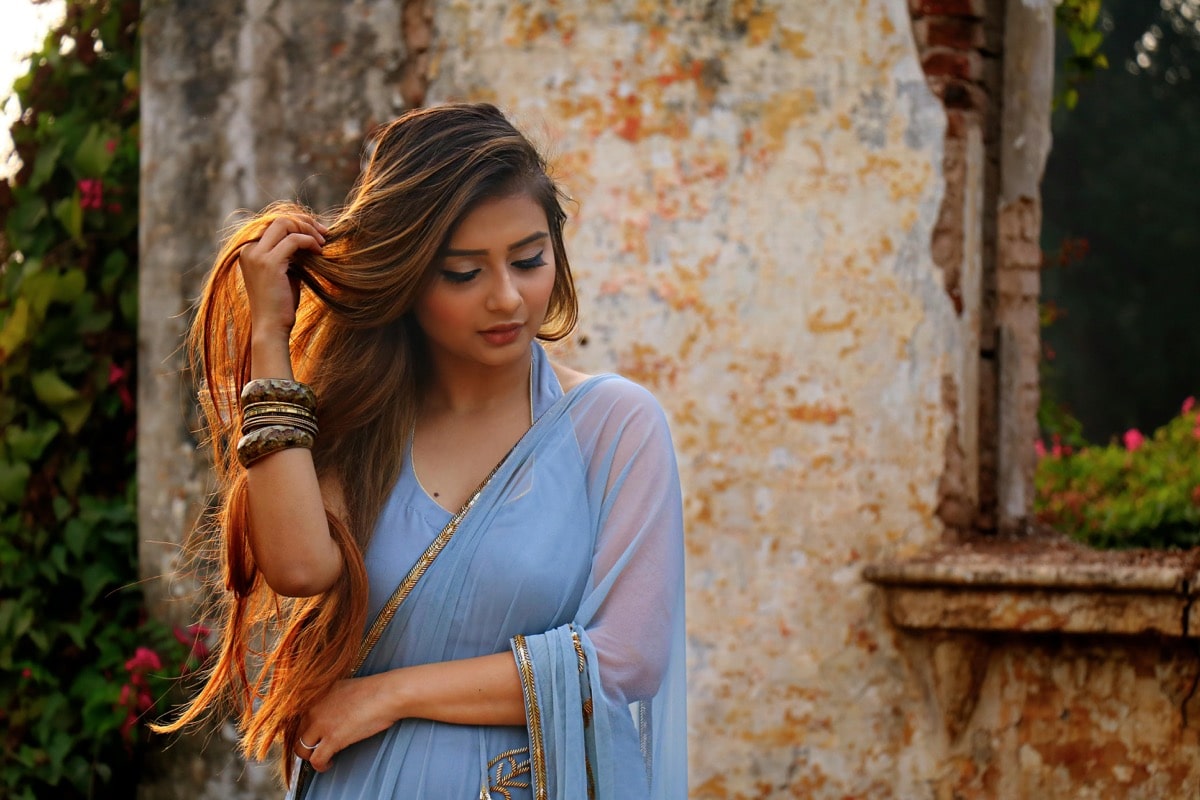
Who Are AI Influencers and What Do They Do?
AI influencers or robot influencers are virtual personalities powered by computer-generated imagery (CGI), artificial intelligence (AI), and Generative Adversarial Networks (GAN). They may look like real people or have obvious cartoon appearances. Either way, their robotic nature is almost always clearly indicated on the social media page. If that wasn’t the case, many followers may not even be able to distinguish between humans and robots present on social media as the generative capabilities of AI develop in giant strides.
Just like regular content creators, virtual ones have their unique sets of personal characteristics and copy human social media behaviour. For example, they display content from their daily “lives”, like getting their nails done, going to the gym, shopping, modelling on the runway or meeting real-world celebrities.
What unites AI influencers is that they are active on social media and have loyal followers who consume their content. Therefore, they actively participate in brand campaigns and promotions, charging handsome sums per sponsored post on Instagram or TikTok.
These fictional characters earned up to £9 million annually as of 2020, just starting to become a real force in the marketing industry. Today, it is estimated that the highest-paid AI influencer (Lu do Magalu) earns about $21,000 per sponsored post, about the same as Sofia Vergara, Jason Derulo or Bella Hadid. Insane, isn’t it?
While it may be hard to grasp for some people, virtual personas are becoming more popular as contractors or employees. China is one of the leaders in the adoption of the virtual employees trend. The country plans to incorporate more VR in broadcasting, manufacturing and other areas in the near future. In 2023, virtual people projects doubled year-on-year, with the price ranging from $2,800 to $14,300 per year.
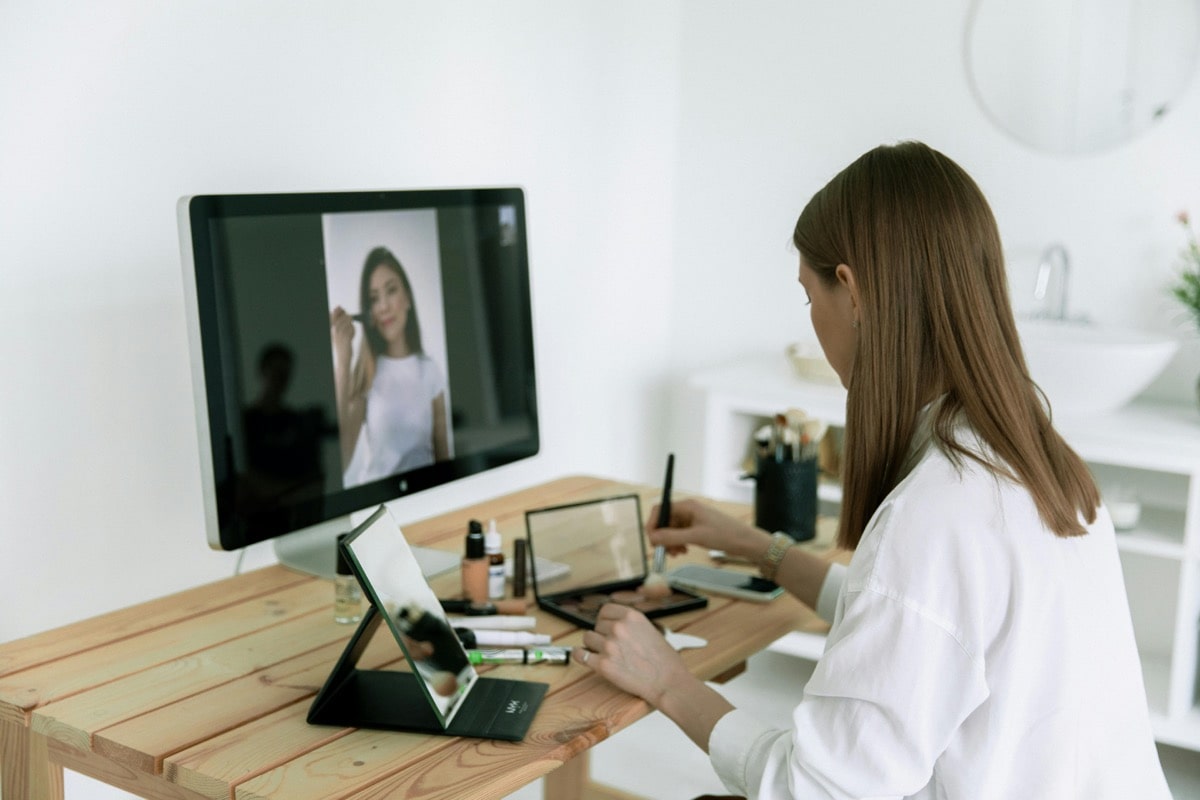
AI Influencer Market in India
Lately, India has emerged as the new hub for AI influencers, having a whole cohort of these virtual media personalities. Let’s find out more about their role in the country’s media marketing segment.
Naina (321K followers)
Naina is one of India’s pioneering AI-generated influencers, who is represented as a 22-year-old fashionista from Jhansi. Naina’s Instagram account dates back to October 2022 and has gained significant popularity since. This AI creator looks very real; her movements are human-like, except for some videos where her computer-generated nature is more visible. The influencer makes all kinds of videos, from showing off a new dress to teaching how to drape a sari or how to braid your hair. Naina even has her own podcast with celebrity interviews. Her brand post costs about $960.
Kyra (262K followers)
The influencer has collaborations with high-profile brands like L’Oréal, boAt, Realme, American Tourister, and Budweiser. Since March 2022, Kyra has undergone some changes, becoming less obviously a virtual avatar and more humanlike. However, her AI origin is still quite clear, so followers shouldn’t be confused about who they’re dealing with, which is one of the main ethical problems with humanising AI. The virtual influencer has recently got a Generative AI upgrade. Her brand post costs about $816.
Notably, Kyra is managed by another AI personality, Sravya N (AI human), who positions herself as a Talent Manager at FUTR Studios and has about 6K followers herself.
Maya Unlimited (172K followers)
Maya is a brand-backed virtual model developed by the fashion e-commerce portal Myntra. This virtual influencer is featured in the Studio section of Myntra’s app and participates in live sessions (M-Lives) to display products. Maya advocates body positivity, mental health, and inclusivity. She is also marketed as having no “physical or geographic limitations.” However, judging by her latest Instagram post being over one year old, the social media project must have been either postponed or restricted to GenAI Fashion assistant in-app use.
Zara Shatavari (20K followers)
A few months ago, India’s Zara Shatavari made it to the top 10 finalists of the global Miss AI Pageant. This virtual beauty has a self-proclaimed mission to empower individuals to live their best lives by sharing valuable insights and tips on female health, diet, career development, and the latest fashion trends.
Tia Sharma (6,5K followers)
Tia Sharma AI influencer, was presented to the public by actress Mouni Roy and her husband Suraj Nambiar in 2023. She was created by Oneiric AI. The influencer focuses on fashion and can engage with the audience as an advisor analysing their outfit taste and combining it with the latest fashion using AI algorithms. This AI persona can use her tech stack and user interface to conduct interviews with fashion experts and design trendy outfits for celebrities.
Maya AI (34 followers)
The most recent addition to the range of India’s AI influencers is Maya, who joined Instagram only a few months ago. Her focus is on style, sports, travel, and creativity. The virtual influencer positions herself as India’s first ‘Beauty with Brains’ AI Influencer and shares not only beautiful pictures but also small tips or insights on different topics.
Impact of AI Influencers on Creator Marketing
The value of the creator economy was estimated at about $200 billion last year and is projected to reach $600 billion by 2036. Creator marketing is a huge industry with vast opportunities. Virtual influencers may seem like a niche segment in creator marketing, but they show a certain direction in which the industry is moving.
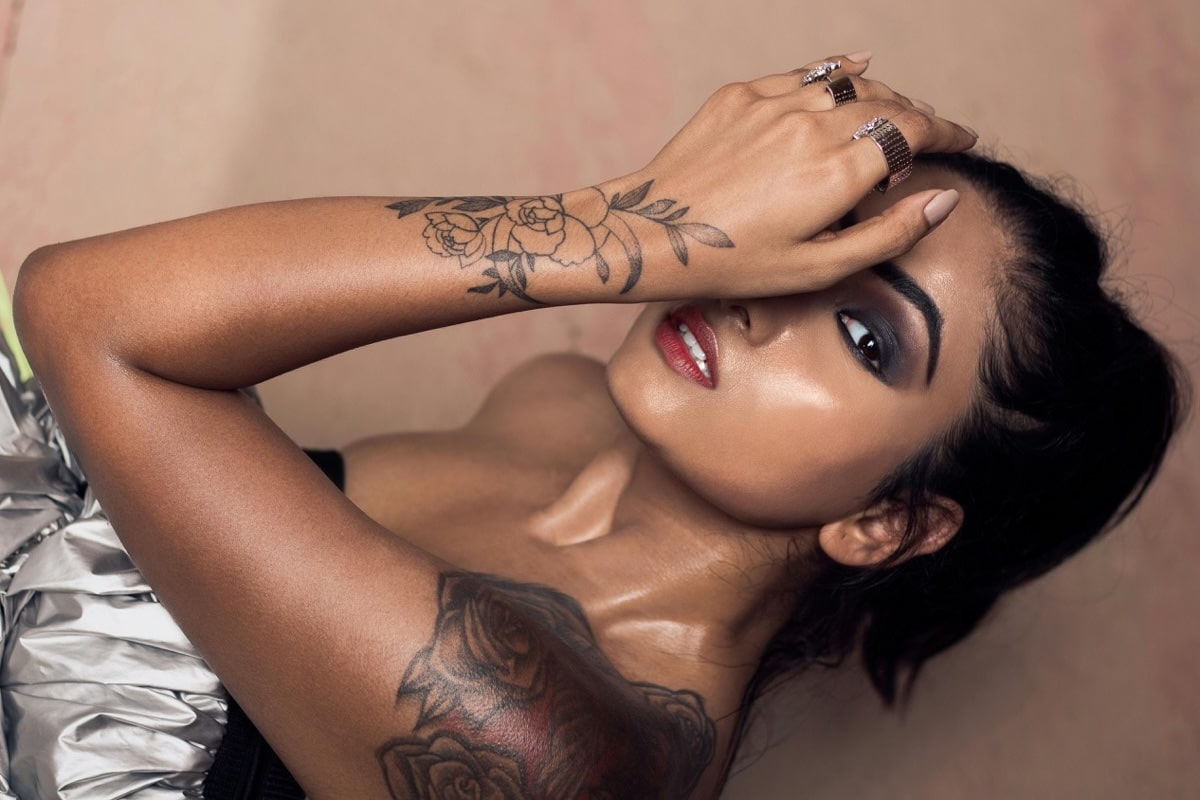
AI Influencers Are Quickly Expanding Their Reach
First of all, there are AI-created influencer projects in most developed countries of the world. If only four years ago we could barely find ten robo-influencers with significant fan bases, today Lu of Magalu from Brazil boasts over 7 million followers and has an estimated media value of €918k. Renowned brands like Versace, Lanvin, Balenciaga, Alexander McQueen, Hugo Boss, BMW, Red Bull, and others partner with virtual influencers. Besides, Instagram accounts of AI personas attract hundreds of thousands of followers in quite short terms.
During a survey carried out among US consumers in March 2022, 58% of respondents said they followed at least one virtual influencer. In 2024, 29% of respondents in the US said they have made purchases influenced by an endorsement or recommendation of an AI personality, and another 27% admitted they could potentially make such a purchase in the near future.
A significant share of respondents (28%) feel positive and optimistic (10%) about brand collaborations with AI personas, finding it amusing and creative and feeling it can attract younger audiences. Almost a third of respondents (30%) feel neutral about such partnerships, and only 20% feel sceptical or even critical (13%) about AI influencers.
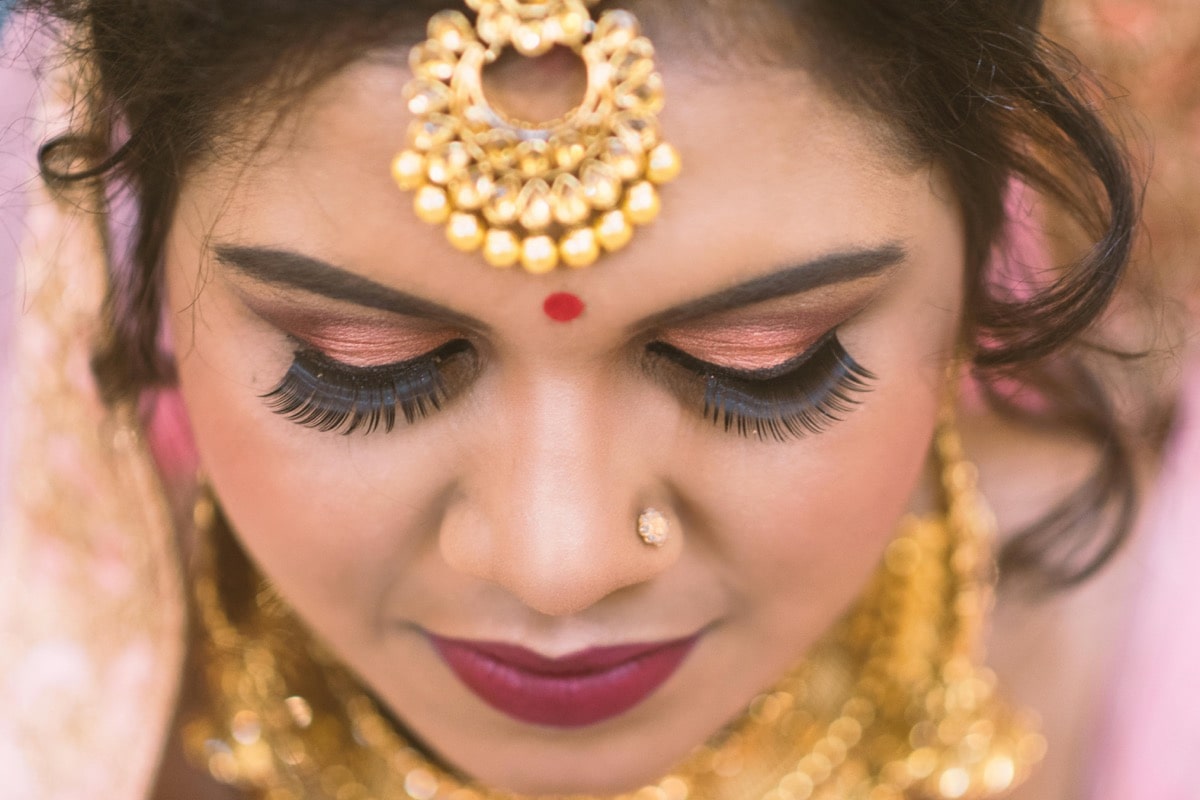
AI Influencers Facilitate Brand Collaboration
Though today, many consumers are still cautious about AI avatars and virtual people, the more regulated and trustworthy the space becomes, the more chances there are for wider adoption of this technology. Meanwhile, brand representatives are already testing innovative collaborations with AI-generated influencers to discover a few significant benefits:
- AI influencers may work 24/7. They offer constant engagement with the target audience and may create incessant content without typical human excuses like busy schedules, illness, lack of creative ideas, etc.
- AI influencers are programmable. They are more likely to convey the exact vision and messages the brand wants them to produce.
- Using data analysis, AI influencers can customise content to the tastes and feedback of the audience, bringing enhanced relevance and efficiency.
- AI influencers may show up in various geographic locations and settings. They are not restricted by travel opportunities, health issues, personal life or any other obstacles.
- Developing and using an AI influencer for a brand may be cheaper than reaching out to a real-world celebrity. Besides, according to What’s the Big Data, 71% of brands believe AI influencers can deliver a higher ROI than human influencers.
- AI influencers have certain characteristics and values embedded in their personalities, and they’re not likely to make controversial or compromising statements, engage in destructive behaviour or substance abuse, etc. On the contrary, that often happens with real influencers and harms brand reputation by association.
- AI influencers are flexible and can adapt their appearance and personality to fit brand needs.
- Virtual influencers are also an exciting opportunity for brands to stand out from the crowd and impress the novelty-seeking audience.
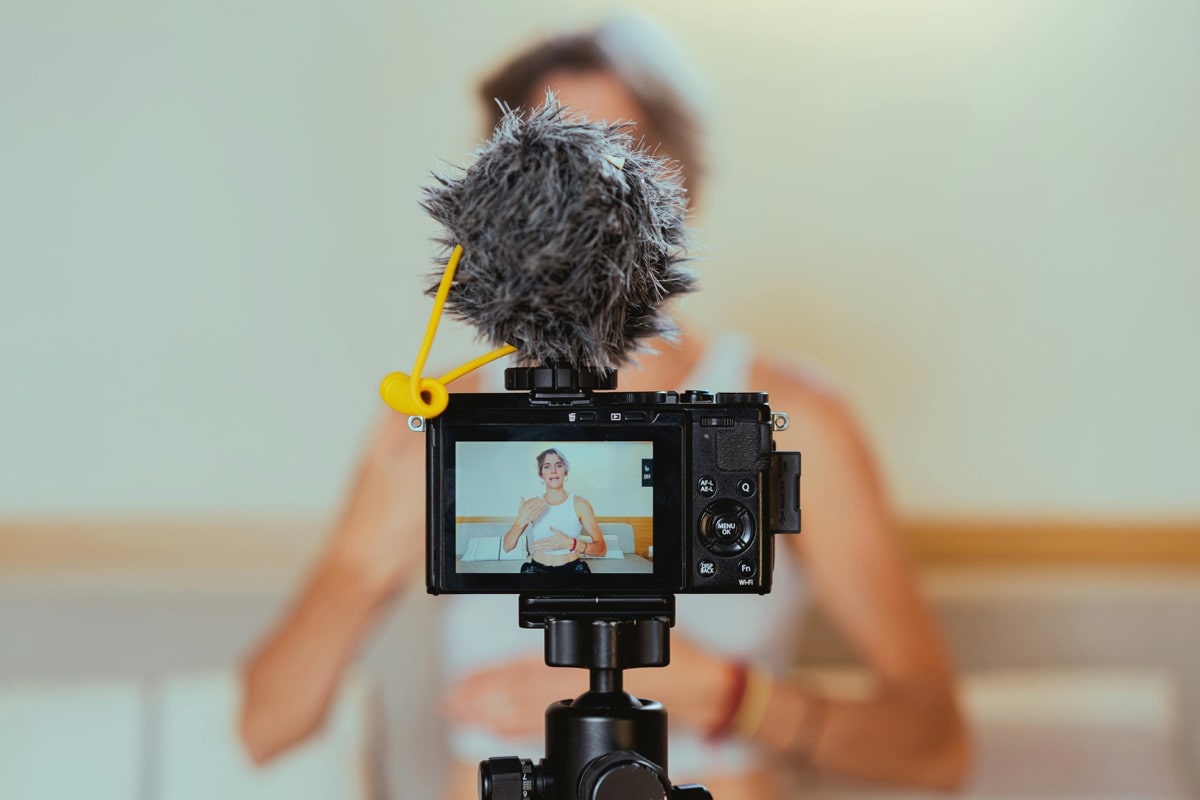
A survey mentioned above revealed that 49% of AI influencer followers do that out of curiosity, 36% appreciate their entertainment value, and 30% want to see their unique non-human perspective on things and concepts. Around 22% of respondents aim to learn about new products and services through AI brand partnerships, 19% find them authentic and trustworthy, and 17% just want to escape from reality.
Customers in the US believe that AI influencers can be particularly effective in promoting tech solutions and gadgets, fashion and beauty, gaming, entertainment and food/beverages.
AI Influencers Change Expectations From Human Creators
As cooperating with AI influencers might be more affordable, convenient, and effective for brands, real-world content creators are also affected. To compete with perfect AI characters, they must bring more unique value to the partnerships.
The advantage of human creators is their authentic connection with the audience, relatability, empathy and emotional appeal. Their content can include personal stories of challenges, struggles, achievements and other life experiences that virtual influencers cannot understand or emotionally describe.
Besides, human creators can use humour, irony, satire, memes, and other complex emotional responses that machines are not capable of. They better understand contextual meanings and can play with words, using puns or metaphors, to enhance their content and create original ideas. They can be spontaneous and immediately react to events in real-time unlike AI that needs more information and time to analyse what’s happening. Finally, people are more aware of ethics and sensitive topics to not spread intentional bias.
At the same time, not all of the creators on social media employ all those original skills and complex creative tools. Thus, the presence of highly-effective competition from virtual influencers forces many human content creators to work harder, avoid personal scandals or controversies, and generate original content which is more creative than a machine’s. Creators should also provide deeper expertise, more complex perspectives and share unique first-hand experiences that cannot be replicated by AI tools.
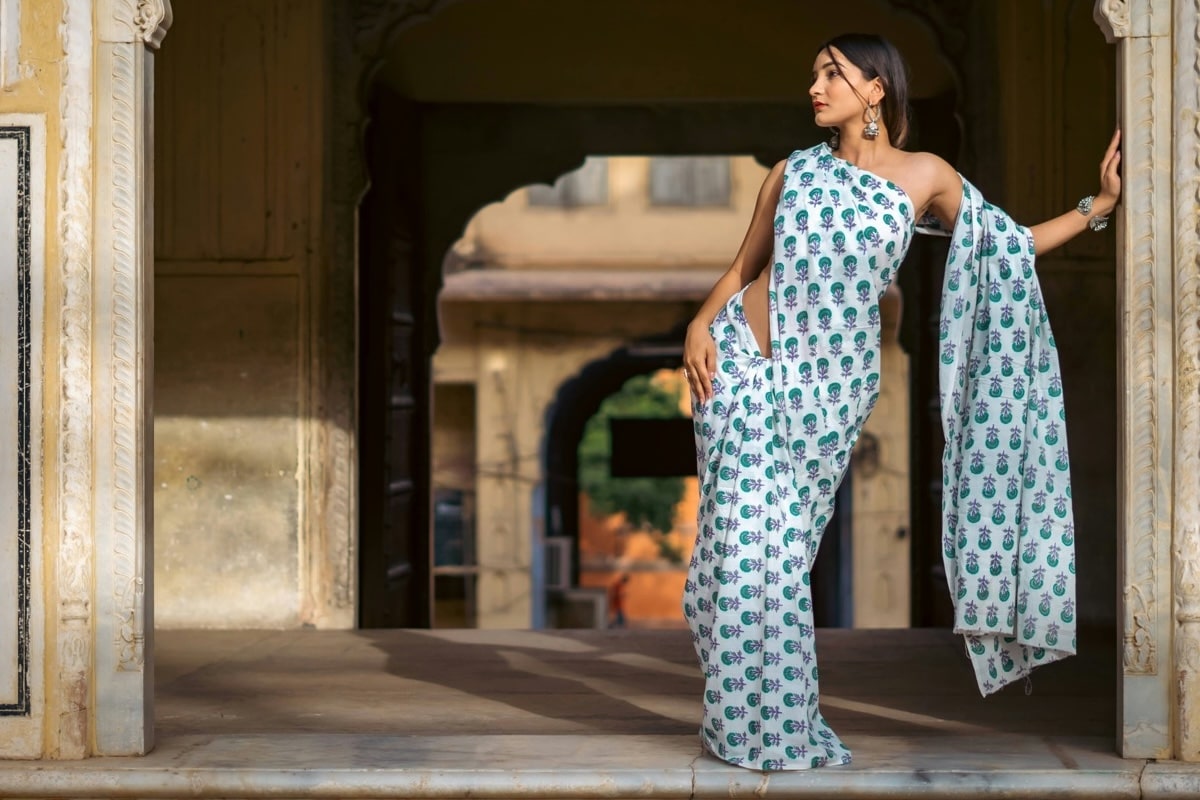
If efficiency of AI influencers meets or surpasses brand expectations, human creators must also be aware of the price tag. If humans who don’t have quite a unique perspective would like to charge much more than a virtual persona, brands would carefully consider whether that’s worth it. In most cases, a cheaper alternative which brings more or less similar results will get approval.
While AI creators have not yet reached their full potential, influencers in India should already mind their presence. Influencer marketing in India is quite challenging. While there are 25–35 lakh local content creators, only about 1.5 lakhs can monetise their content and make a living out of that. Since Gen Z are getting more fond of innovative AI tools, human creators must think of more creative ways to engage with this tech-savvy emerging consumer cohort.
Finally, AI influencers create even more unrealistic beauty standards than Instagram models. Their bodies and appearances are perfect, they look far different than an average human body or face. They never age, gain extra pounds, or even get in bad moods. In addition, the vast majority of AI avatars are female, continuing to promote gender-based objectification and oversexualisation. The major share of their audiences are also female, destined to compare themselves to perfect AI images and become frustrated with never getting close to their artificial beauty.









